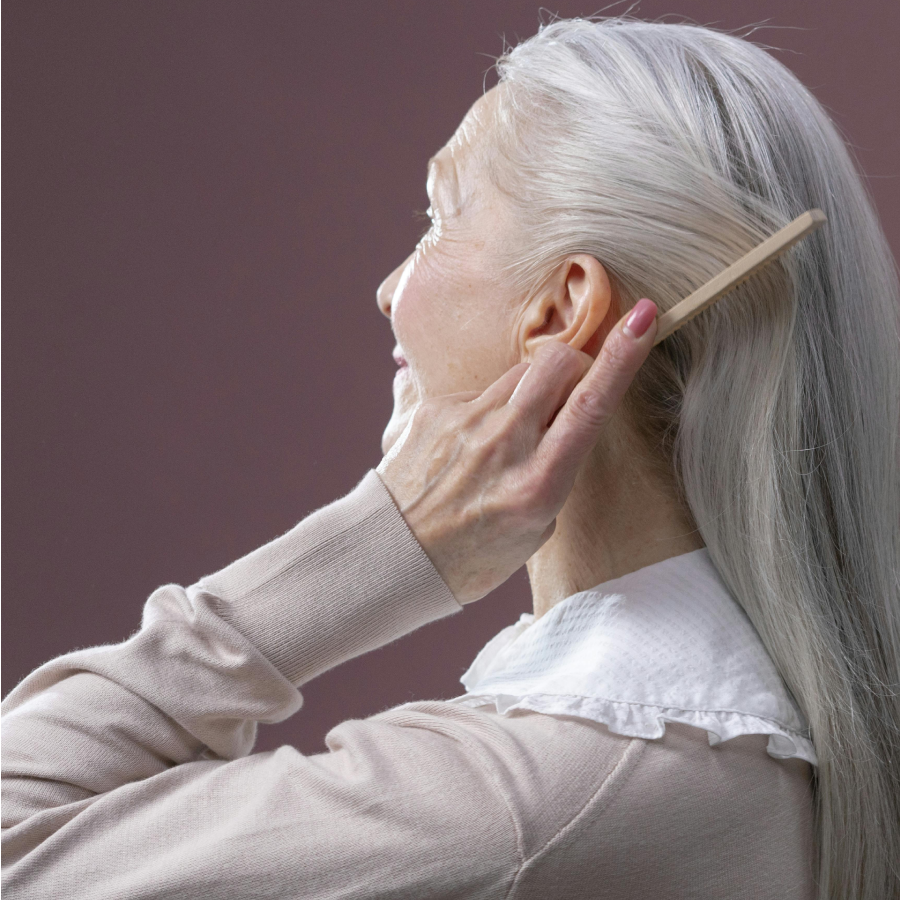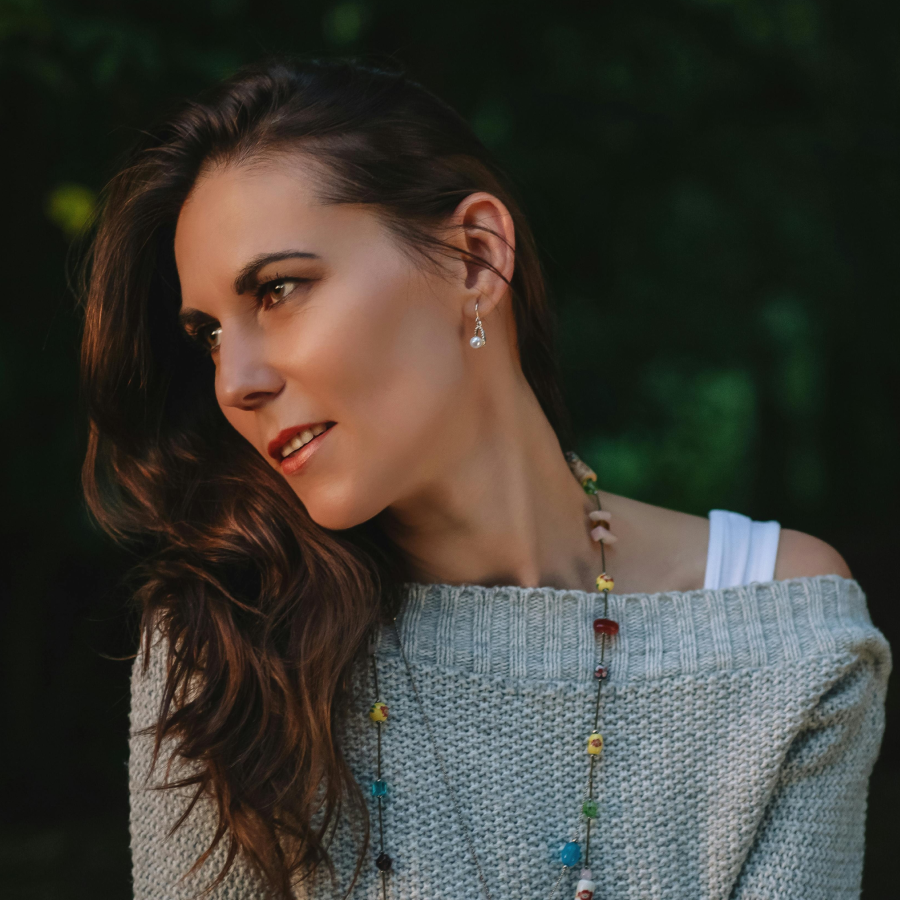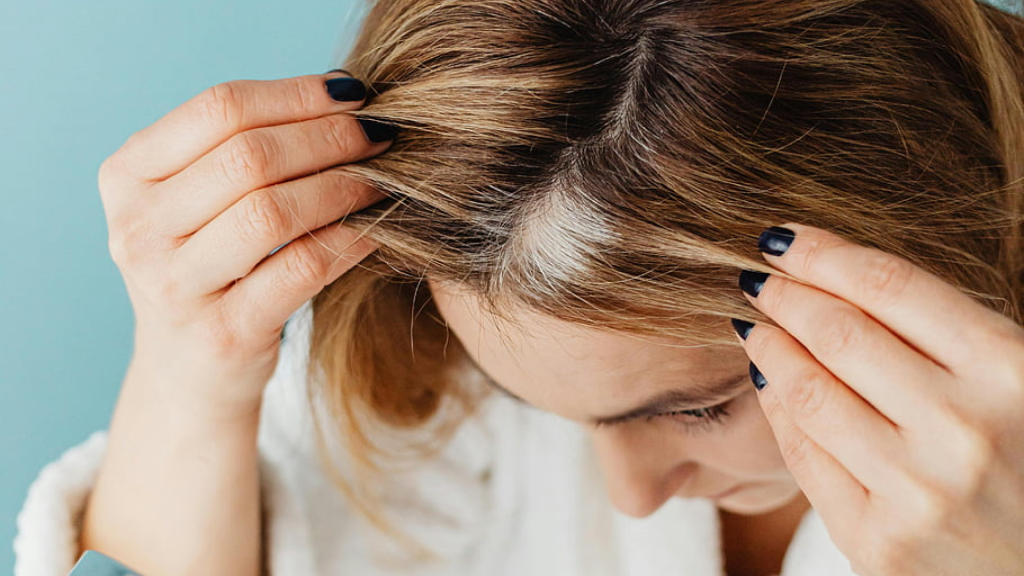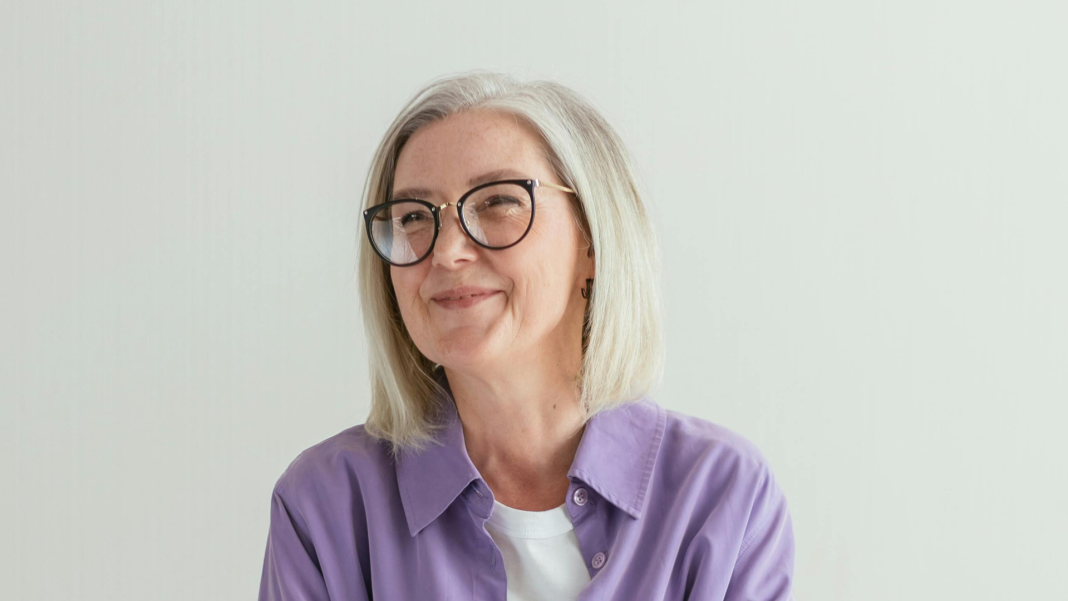Aging brings about numerous changes in our bodies, and our hair is no exception. As the years pass, you might notice shifts in your hair’s texture, color, volume, and overall health. Understanding these changes can empower you to adapt your hair care routine accordingly, ensuring your locks remain luscious and vibrant at any age. Here are six ways your hair evolves as you age, along with expert tips to keep it looking gorgeous.
1. Graying Hair

One of the most noticeable changes is the appearance of gray hair. This occurs as melanocytes in our hair follicles slow down or stop producing melanin, the pigment responsible for hair color. Gray hair often feels coarser and can appear duller than pigmented hair. While there’s no way to reverse graying completely, nourishing hair dyes can help cover gray strands and restore luster. Additionally, embracing the natural change can be empowering. Incorporating antioxidants into your diet, such as berries and nuts, can support overall hair health.
2. Slower Hair Growth

As we age, the hair growth cycle slows down. This means new hair growth may not keep up with the rate of shedding, leading to thinner-looking hair. Nutrient deficiencies, such as low levels of iron or vitamin D, can also contribute to slower growth. To combat this, ensure you’re consuming a nutrient-rich diet and consider vitamin therapy if necessary. Topical treatments like minoxidil can stimulate growth, and maintaining a healthy scalp microbiome is essential. Regular trims to remove split ends can also prevent hair from looking thin and lifeless.
3. Thinning Hair
Thinning hair is a common concern, especially after menopause. Hormonal changes can lead to reduced hair density and volume. To promote thicker hair, use volumizing shampoos and lightweight conditioners. Scalp massages with oils like rosemary can stimulate hair follicles and encourage growth. Supplements rich in protein, iron, zinc, and biotin are crucial for thicker, healthier hair. It’s important to commit to hair growth products for at least three to four months to see visible results.
4. Changes in Hair Texture
Hormonal fluctuations can alter your hair’s texture, making it feel coarser, drier, or even changing its curl pattern. For example, straight hair might develop waves, while curly hair could lose some of its bounce. Adjusting your hair care routine is key. Opt for moisturizing shampoos and deep-conditioning masks to combat dryness. For styling, lightweight creams are ideal for fine textures, while heavier butter-based products benefit coarser hair. Regular deep conditioning can nourish your hair and maintain its elasticity.
5. Increased Dryness and Frizziness
With age, the scalp produces less sebum, the natural oil that keeps hair moisturized. This can lead to dryness, brittleness, and frizz. To keep your hair hydrated, incorporate leave-in conditioners, hair oils, and moisture-rich products into your routine. Avoid over-washing your hair, as this can strip away natural oils. Using hydrating shampoos and reducing heat styling can also prevent further dryness. Products containing argan oil, shea butter, or keratin are excellent choices for restoring moisture.
6. Hair Loss

Accelerated hair shedding can be distressing, but there are ways to manage it. Hair loss can be caused by genetics, hormonal changes, stress, or medical conditions. Incorporating growth-promoting products like minoxidil-based formulas can help. Scalp massages boost circulation, delivering essential nutrients to hair follicles. Using hair oils can improve scalp health, supporting hair retention. If you notice significant hair loss, it’s important to consult a healthcare professional to rule out underlying conditions.
Expert Tips to Keep Your Hair Gorgeous
Nourish from Within: A balanced diet rich in proteins, vitamins, and minerals is essential. Foods like lean meats, fish, nuts, and leafy greens provide nutrients that support hair health. Proper nutrition affects both hair growth and scalp conditions.
Gentle Hair Care Practices: Use gentle shampoos free of harsh ingredients like sulfates that can strip natural oils. Be careful when detangling wet hair to prevent breakage. Avoid tight hairstyles and use gentle tools, such as wide-toothed combs.
Protect Your Hair: Limit the use of heat styling tools and always apply a heat protectant when you do. Consider protective hairstyles that minimize tension and damage. Minimize the use of high-heat tools to prevent damage.
Regular Scalp Care: Keep your scalp healthy with regular exfoliation and hydration. Scalp massages not only feel great but also stimulate blood flow to the hair follicles.
Adapt Your Hairstyle: Work with your hairstylist to find cuts and styles that complement your hair’s changing texture and volume. Layered cuts can add movement and create the illusion of fullness. Proper haircuts can create an illusion of fullness.
Manage Stress: High stress levels can contribute to hair loss. Practices like meditation, yoga, or regular physical activity can help reduce stress. Stress can exacerbate hair thinning but is reversible.
Products to Consider
Hydrating Hair Masks: Products like RootMask infused with natural oils can restore moisture and shine.
Hair Growth Supplements: Supplements containing biotin, iron, and other essential nutrients support hair growth from within.
Volumizing Shampoos: RootCleanse Shampoo can give the appearance of fuller hair.
Scalp Treatments: Incorporating a Root22Serum can nourish the scalp and promote healthy hair growth.
In Conclusion
Aging doesn’t have to mean compromising on beautiful hair. By understanding the changes your hair undergoes and adapting your care routine accordingly, you can maintain gorgeous, healthy locks at any age. Remember, it’s never too late to start giving your hair the care and attention it deserves.



